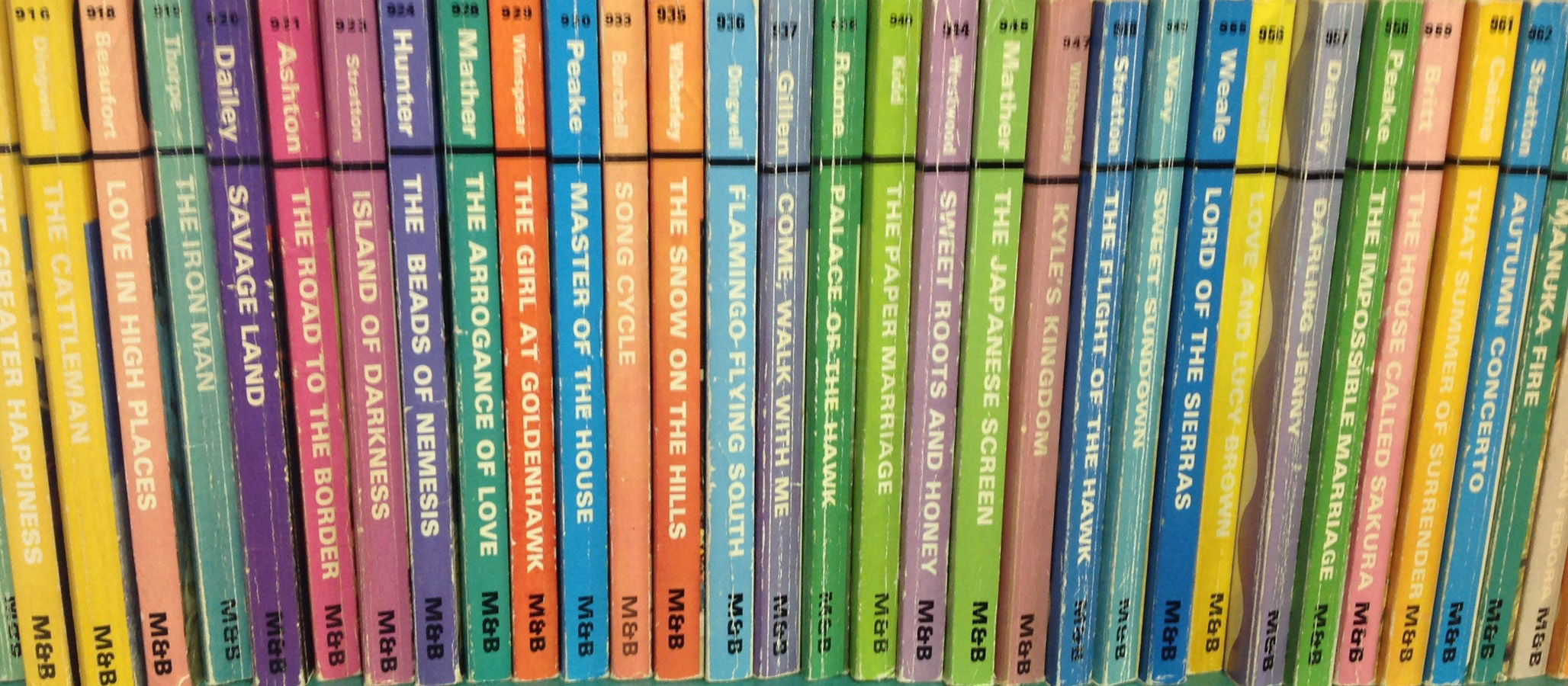Proposal Title
Fan Letters to Betty Cavanna: How Canonical Young Adult Literature Emerged from the Cold War Condemnation of Romance
Start Date
22-4-2020 3:00 PM
End Date
22-4-2020 4:00 PM
Proposal Type
Individual Presentation
Abstract
Most critics date the rise of canonical young adult literature to 1967, when S.E. Hinton’s The Outsiders ushered in the “New Realism.” Predating this genre, however, were the junior novels: hundreds of novels published between 1942 and 1967, written for and distributed to a newly-minted teen girl audience, and featuring romance narratives. This paper examines the role of critics in establishing a narrative that positions the New Realism as realistic, masculine literature emerging to “save” teen readers (particularly boys) from the “frequently misleading, unrealistic, and downright dishonest” (Root 20) junior novels. Against this narrative, I contrast teenage girls’ fan letters to the most popular junior novel author, Betty Cavanna. Instead of participating in the critics’ call for more “realistic” young adult literature, girls’ letters insist—even by the late 1970s—that Cavanna’s romance texts are “true,” “real,” and helpful. Comparing the fan letters against critics’ disparagement of the junior novels reveals the extent to which the concept of realism was less linked to actual reality, and more to critics’ fears regarding the threat that romantic junior novels posed to Cold War hegemonic masculinity. The girls’ letters to Cavanna thus suggest a more complicated narrative surrounding the emergence of New Realism than many histories of young adult literature admit, and one, moreover, that is heavily impacted by gender and the romance genre.
Root, Shelton L., Jr. “The New Realism—Some Personal Reflections.” Language Arts, vol. 54, no. 1, January 1977, pp. 19-24.
Fan Letters to Betty Cavanna: How Canonical Young Adult Literature Emerged from the Cold War Condemnation of Romance
Most critics date the rise of canonical young adult literature to 1967, when S.E. Hinton’s The Outsiders ushered in the “New Realism.” Predating this genre, however, were the junior novels: hundreds of novels published between 1942 and 1967, written for and distributed to a newly-minted teen girl audience, and featuring romance narratives. This paper examines the role of critics in establishing a narrative that positions the New Realism as realistic, masculine literature emerging to “save” teen readers (particularly boys) from the “frequently misleading, unrealistic, and downright dishonest” (Root 20) junior novels. Against this narrative, I contrast teenage girls’ fan letters to the most popular junior novel author, Betty Cavanna. Instead of participating in the critics’ call for more “realistic” young adult literature, girls’ letters insist—even by the late 1970s—that Cavanna’s romance texts are “true,” “real,” and helpful. Comparing the fan letters against critics’ disparagement of the junior novels reveals the extent to which the concept of realism was less linked to actual reality, and more to critics’ fears regarding the threat that romantic junior novels posed to Cold War hegemonic masculinity. The girls’ letters to Cavanna thus suggest a more complicated narrative surrounding the emergence of New Realism than many histories of young adult literature admit, and one, moreover, that is heavily impacted by gender and the romance genre.
Root, Shelton L., Jr. “The New Realism—Some Personal Reflections.” Language Arts, vol. 54, no. 1, January 1977, pp. 19-24.


